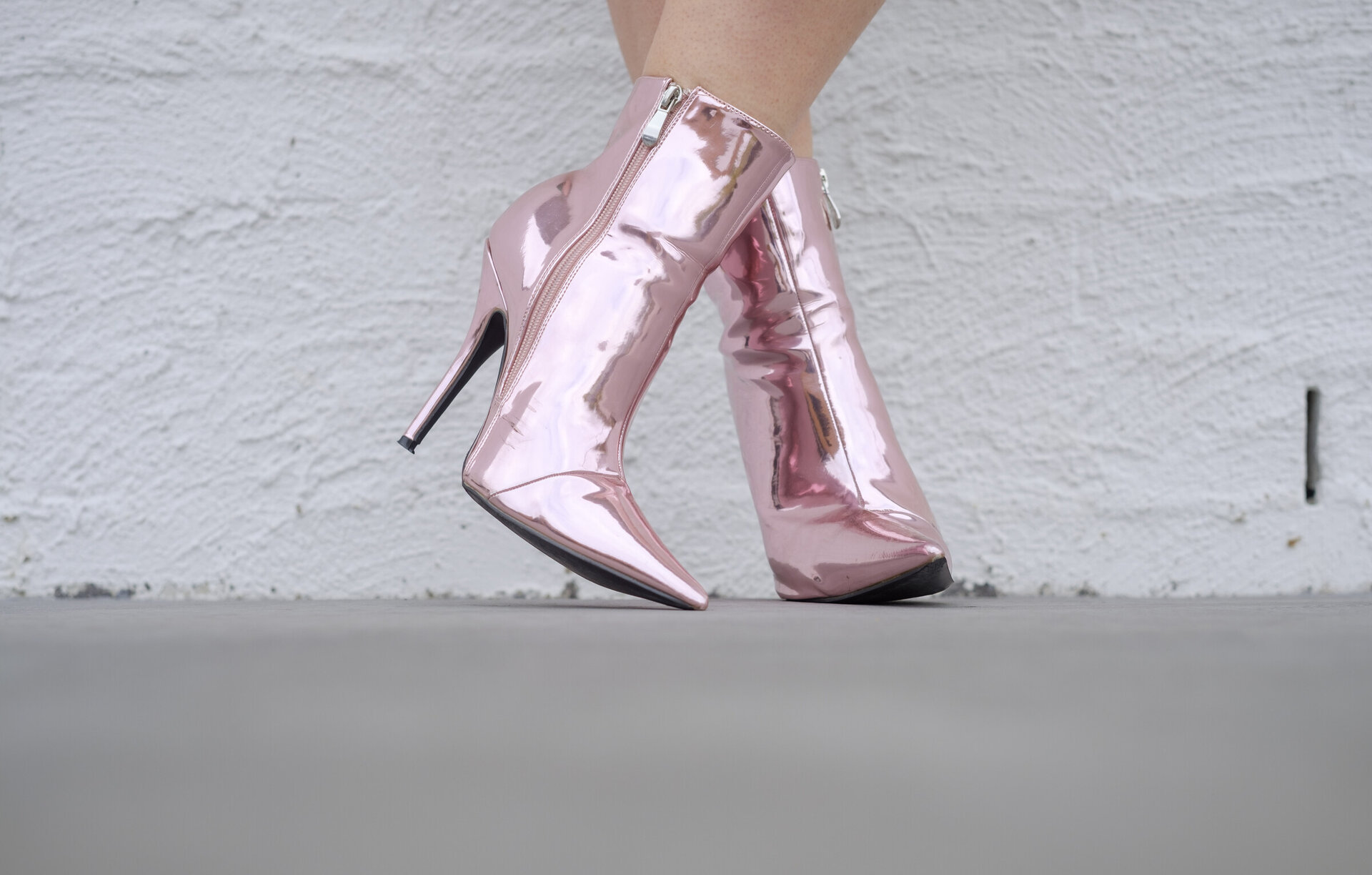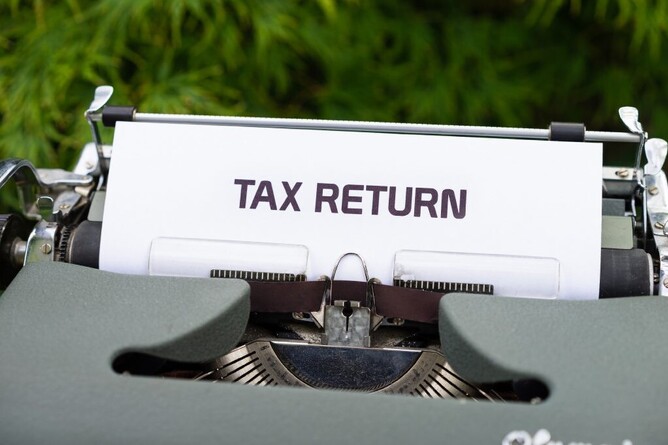The one question I get asked ALL the time is how do I pay for taxes on my side hustles. For some reason I think people are a bit scared of tax – and this prevents them from side hustling.
DISCLAIMER: I am going to talk about my personal experience with tax. Please remember I am not an accountant so I can only go off my experience. If you need help then please reach out to a local accountant as they know all the ins and outs. This is a general overview of what I do for tax and does not include all available income types or expenses. This shouldn’t be used as a tax guide. I am also not GST registered for my side hustles. GST tax is calculated differently and not something that I factored in when I wrote this.
Firstly, let’s go over the types of income that is taxable.
This includes income from:
- Salary and wages.
- Self-employed or contract income.
- Benefits and student allowances.
- Assets and investments (including kiwisaver and rental income).
- Overseas income.
There are some forms of income that are not taxable, such as:
- Prize money
- Inheritances
- Gifts or Koha (if the giver gets nothing in return)
- Reimbursing someone for money they’ve spent.
(Interest earned from investing prize money and inheritances is taxable though).
Salary and wage earners will have tax sorted by the employer. They pay a tax called PAYE on your behalf and the IRD will automatically do a calculation and let you know if you get a refund or have a balance to pay. It’s literally that easy – you don’t have to do anything.
It’s also really easy to see these tax returns – simply set yourself up with a myIR login on the IRD website. You can log into this at any time and see how you are tracking.
If you worked two jobs during the year that took PAYE then you would have noticed that you paid a higher tax amount on the second job. This is often referred to by most people as “secondary tax”.
I just want to explain this as there are a lot of misconceptions around secondary tax. In 2019 the government passed a bill ending unnecessary secondary tax. So, while secondary tax codes still exist – the high secondary tax figure no longer exists. You pay the same total rate of tax on your total income whether that is earnt from 1 job or 10 jobs.
Secondary tax codes still exist, and it can seem that you are unfairly paying the higher tax rate. However, this simply means they have assumed you are already in that higher tax bracket. The tax will be squared up at the end of the financial year. You should never pay more than 33% (or 39% after 1st April 2021) as a “secondary tax”. If you are paying more, I would strongly recommend you have a chat to your employer.
Ok so, we I have worked out the total amount of self-employed income I need to add to my tax return… now what?
Firstly, I let IRD know I need to file an IR3. I did this by adding an income type in my myIR. IR3s need to be filed by the 7th July.
Tax on my other income is taken care of too. These will be sent to the IRD automatically and will be updated in myIR.
I can now work out what expenses I can claim against my income. My expenses can include things like:
- Vehicle expenses (uber eats and lime)
- Portion of my rent for office expenses (my business)
- Any other expenses related to running my business
This is where it starts to get a bit more complicated as I am now working out the portion of expenses to claim. I have done a brief outline of what I do below.
Vehicle expenses
I add up how many kilometers I used the vehicle for business use and use the deduction rates from the IRD website. This is the total deduction of costs (including depreciation).
Bear in mind a couple of things:
- If you use your vehicle for a TOTAL of 14,000 km’s or more in a year then you have to use two different kms rate and it gets messy. I just try to avoid using my car for more than 14,000kms a year.
- Travelling from home to the Uber restaurant (counted as ‘work’) doesn’t count towards the kms.
There is another method that can be used to calculate vehicle costs. You keep a logbook for 90 days to work out the business portion of your car. I haven’t had to use this method before so I’m not as skilled however, you can read about it here.
Portion of rent for office expenses
I haven’t yet worked this out for my mortgage portion – I will have to write about that at a different date.
You can claim any space that is used primarily for business – so for me it is my office space (which is 10 square meters). It works out at about 10% of my total house space.
This means I can claim 10% of what I pay for:
- insurance
- rates
- power
- rent
Before I bought my house it was easy because my weekly rent covered rates/power/rent. I am going to have to investigate what it would be now that I have a mortgage and update this at a later date.
But all up, I include 10% of my total rent figure towards my operating expenses.
Any other expenses related to running my business
These are expenses I have paid for during the year that are directly related to the business and tax deductible.
This includes things like:
- Website hosting fee
- Mailchimp email list fee
- Any design work done
- Business coaching
If you can provide receipts and keep accurate records then it can be counted towards your overall tax return (and make sure you keep these records for the next 7 years too).
And that’s it – that’s all it takes for me to record my tax against my side hustles. It really is that easy!
I know tax can be daunting and a reason not to side hustle but it honestly doesn’t have to be hard.
To make it easier I do all my record keeping during the year as well – from the amount earnt per week down to how many kms I do per Uber trip. It just makes it that much easier at tax time.


